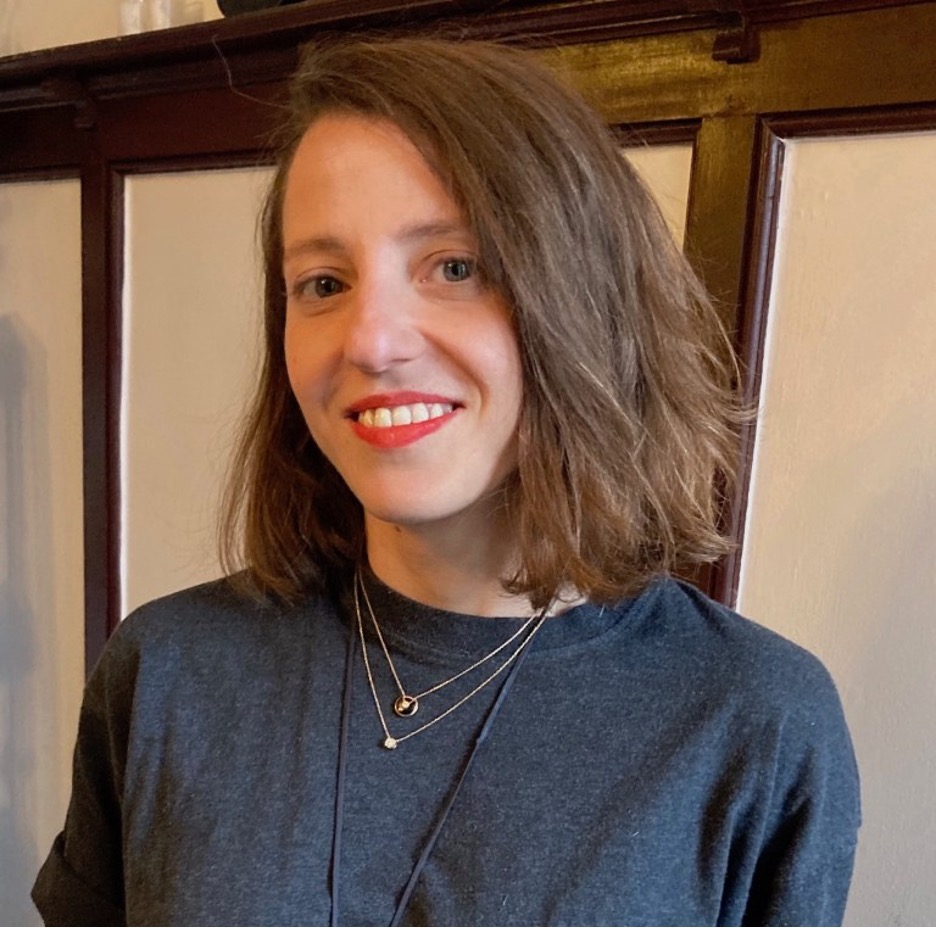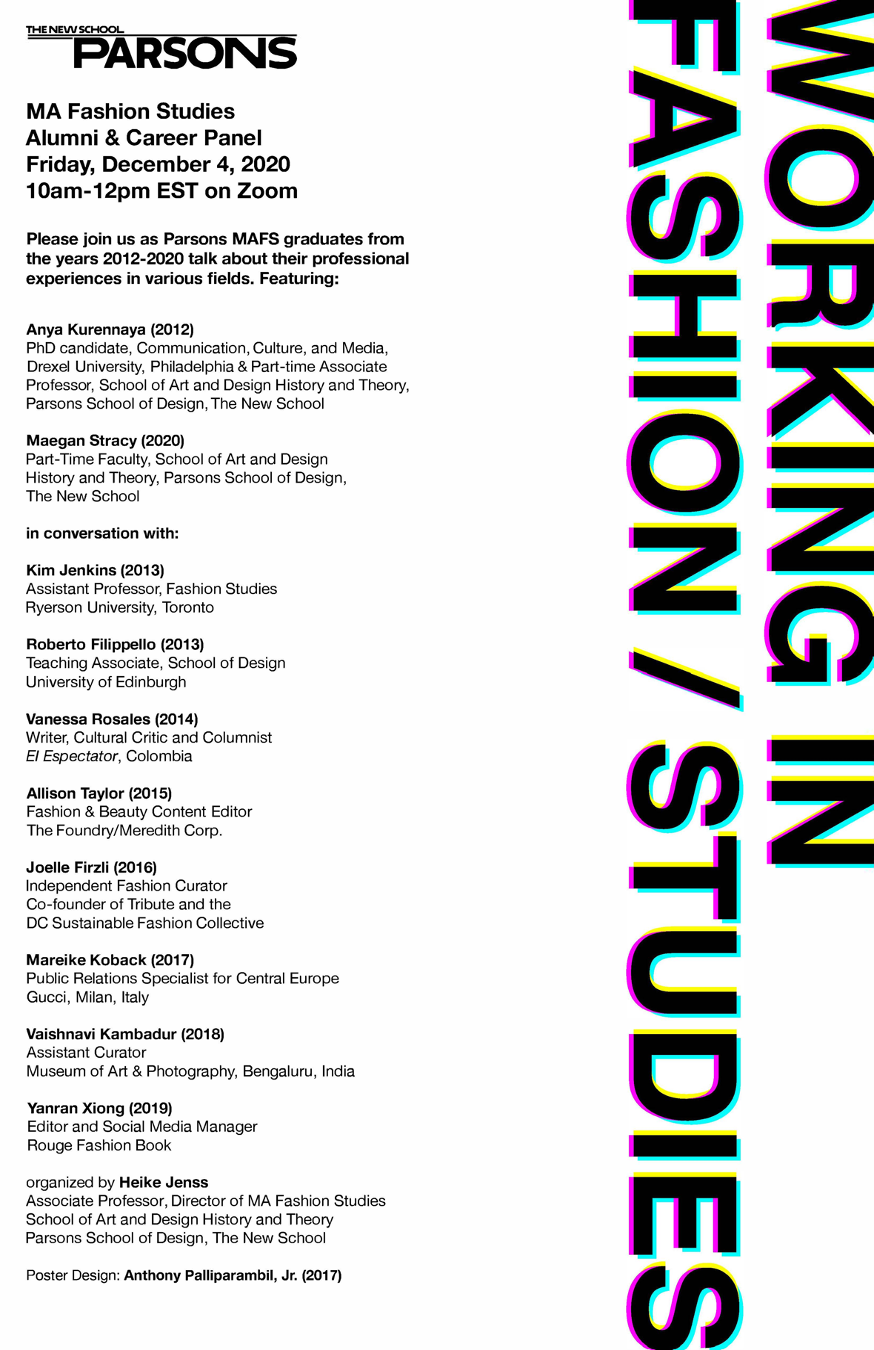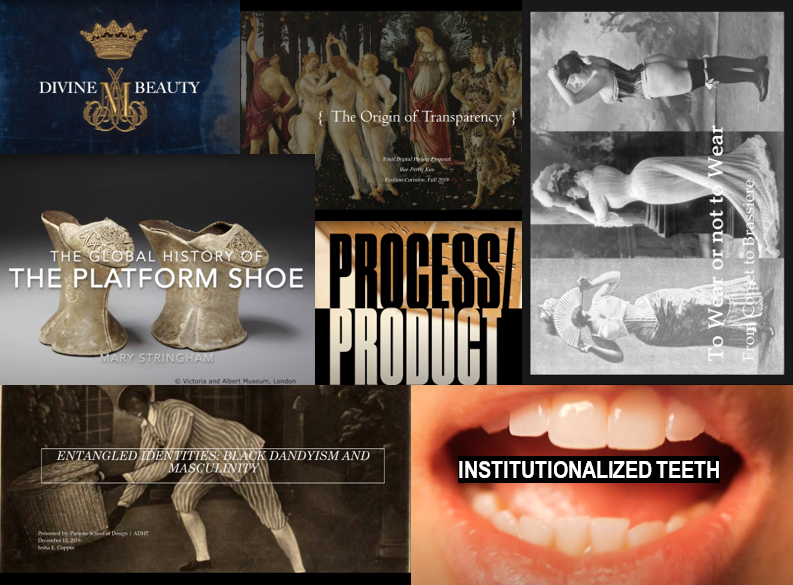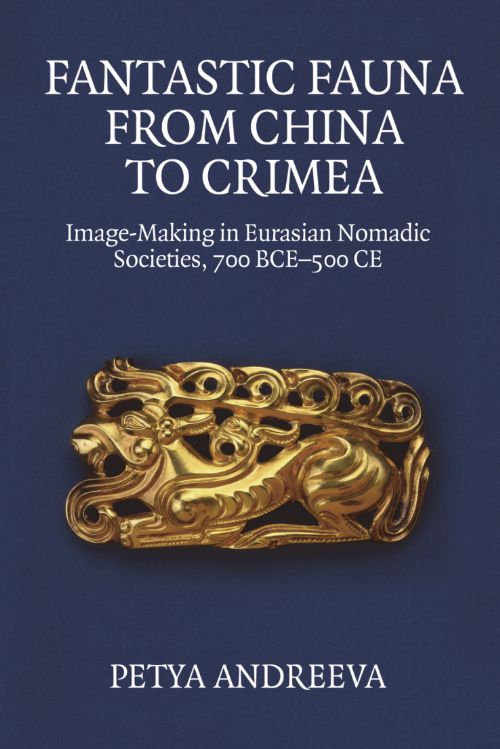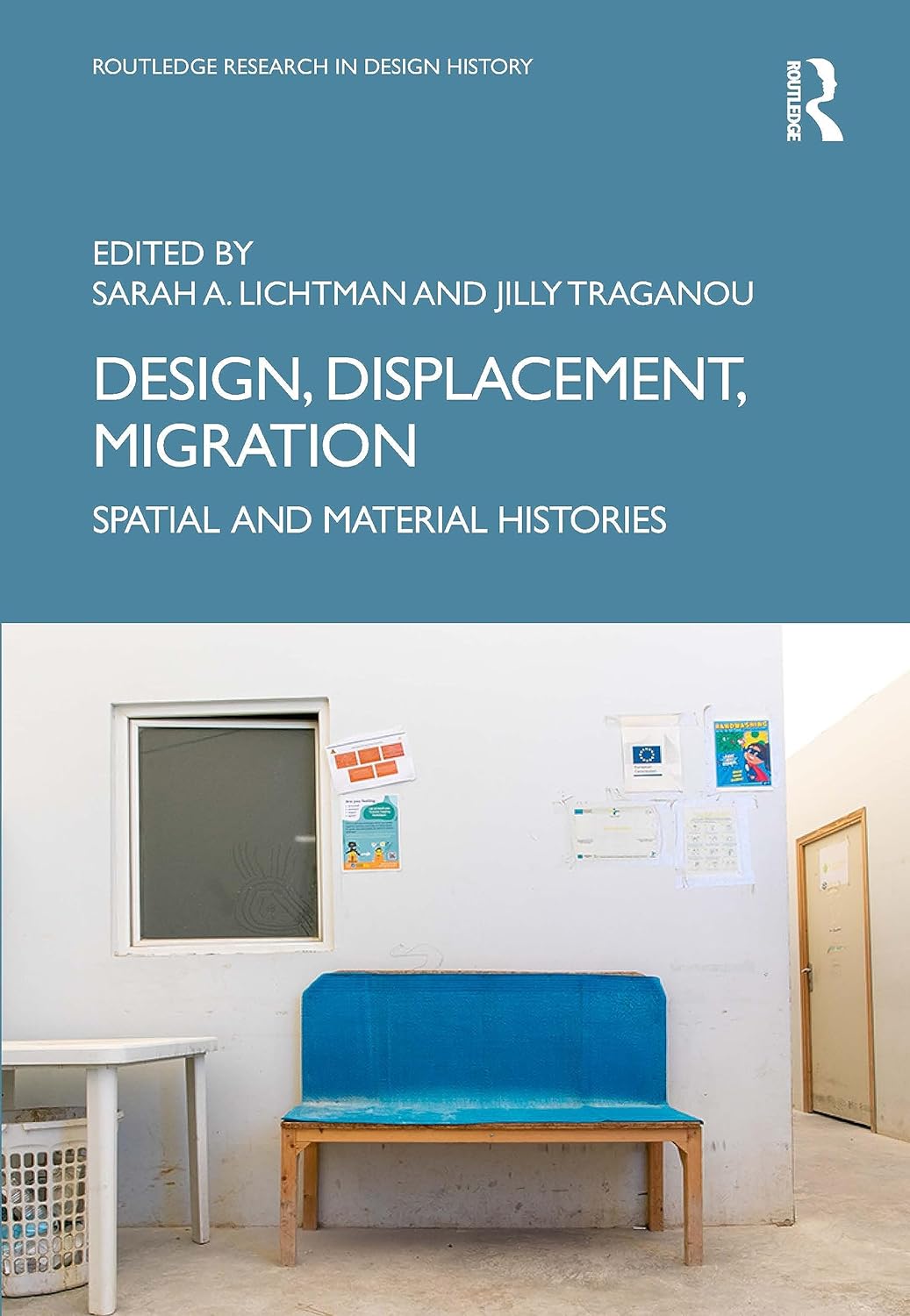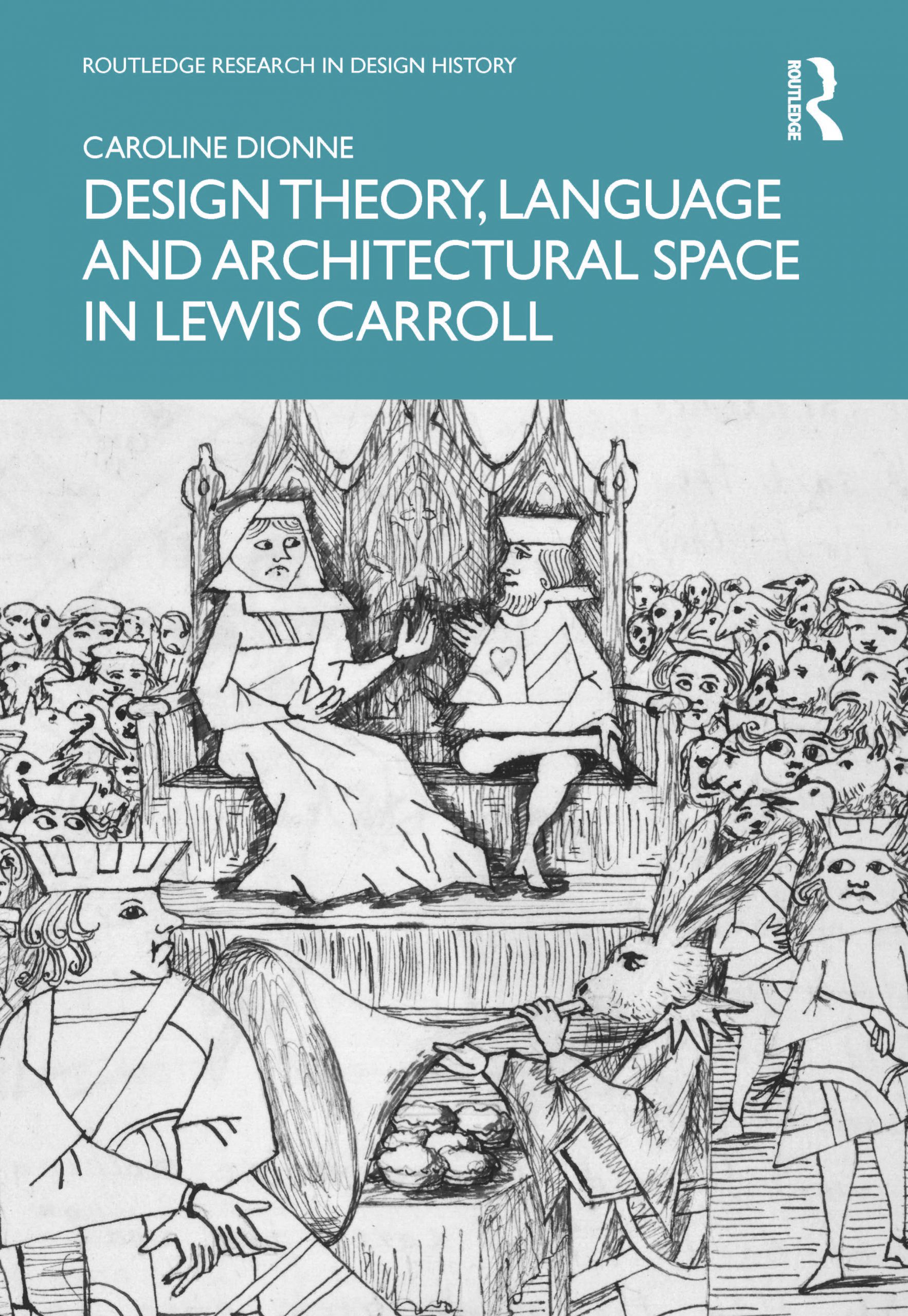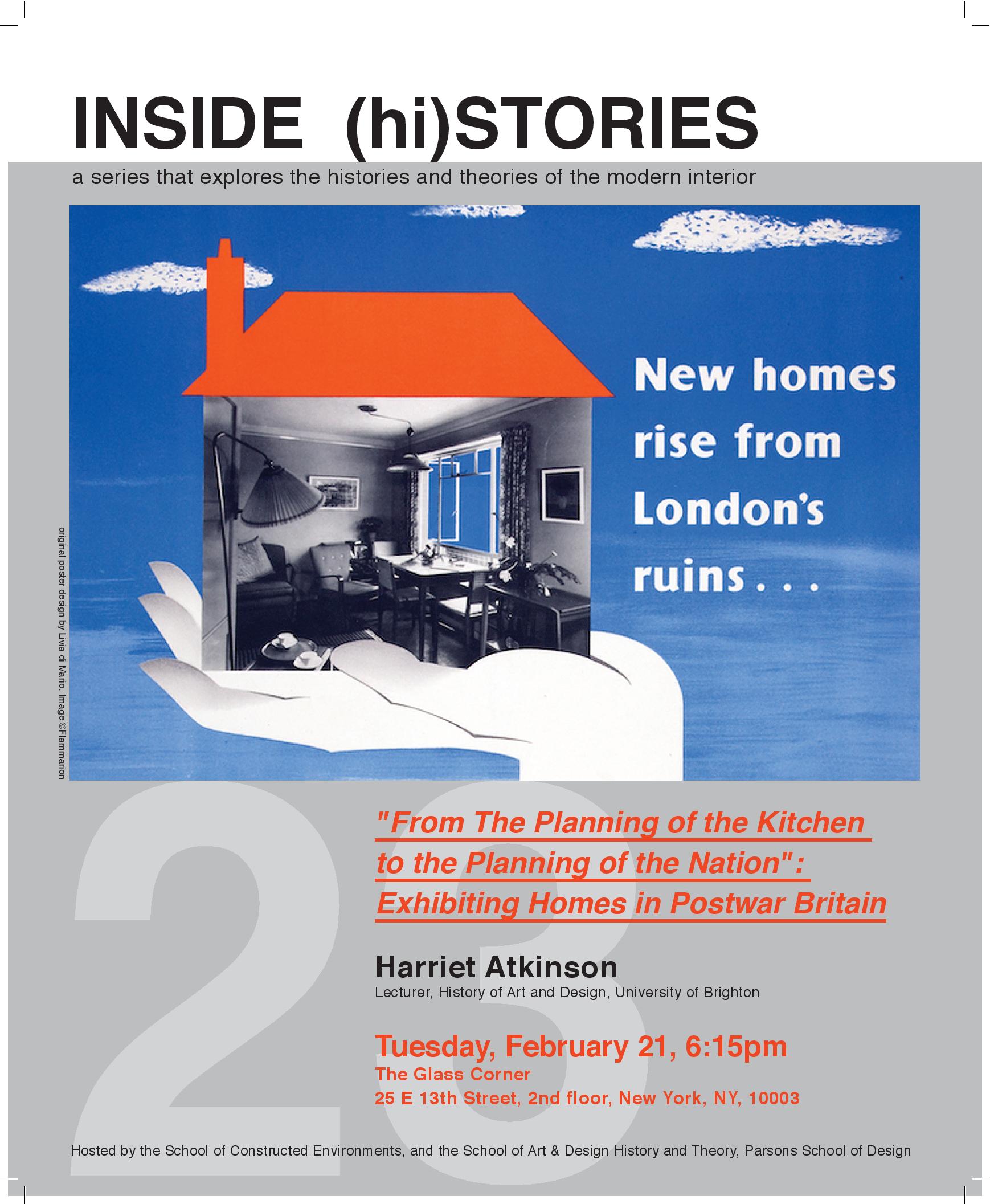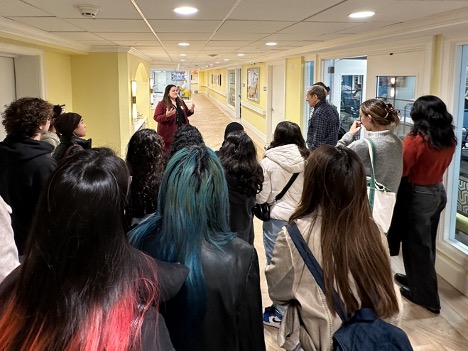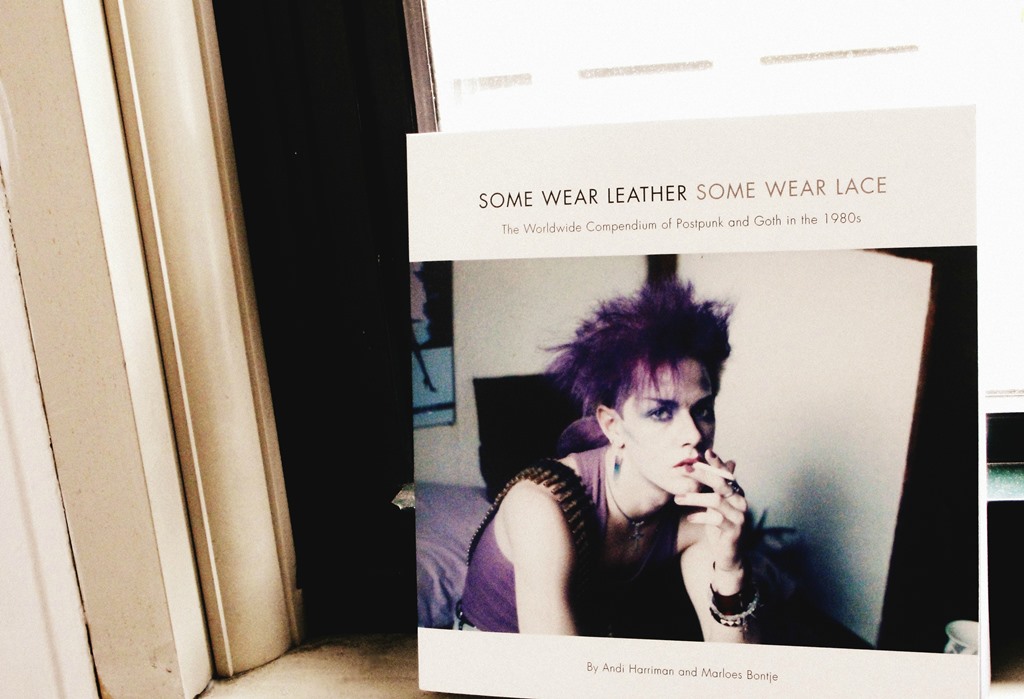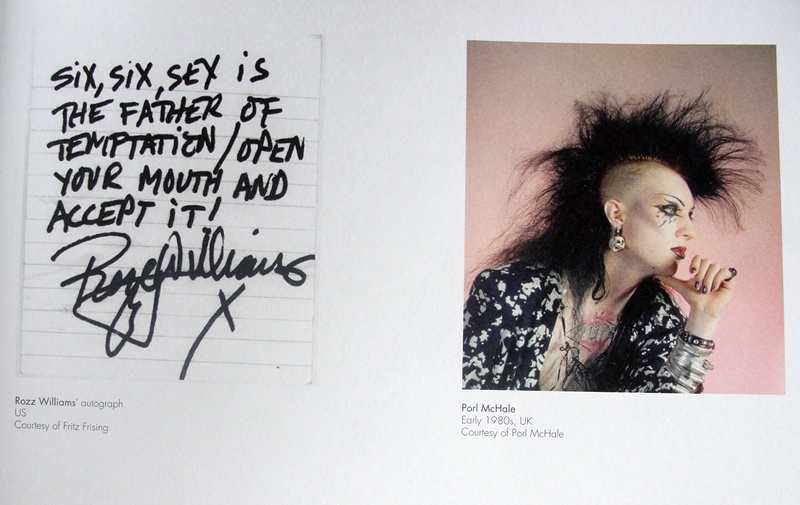Review
Some Wear Leather Some Wear Lace
Andi Harriman and Marloes Bontje
Intellect Ltd. $35.00, 214 pgs
Andi Harriman and Marloes Bontje’s Some Wear Leather, Some Wear Lace presents the history of postpunk and Goth in the 1980s in a pairing of images and short essays, complete with interviews from a wide range of sources. Right from the start, the book does not endeavor to define “postpunk” but to depict it as a nebulous and mutable term, one that encompasses the multiple stages and aspects of the decade’s alternative subculture.
Some Wear Leather is broken up into four main sections, each covering a different facet of the movement. With its conglomeration of photographed portraits, reproduced concert posters, and ticket stubs, “Atmosphere” chronologically details the musical shifts that set the tone for the postpunk scene. Easily navigable and condensed, the section’s forte lies in its images, which are not so much supplemental as they are essential to bringing to life the connection between music and aesthetics in a coherent narrative. Set against the white frame of a Polaroid, for example, lurks the enigmatic face of Finnish musician Pete Europa. Seductively postured with angled shadows and dark riffs of romantic dandyism, Europa can be seen with his hand softly clawed open in a guarded, feline nature, easily matched with his effortless half-pompadour and smoky makeup. The subtlety of the photograph’s psychological power illustrates the quiet trickling down of Goth in the areas within and around Oslo, before the city would explode as a Goth capital for the Scandinavian region.
At the center of the book’s second section, “A New Form of Beauty,” is fashion. The selected texts discuss the development and implications of certain apparels and accessories, including teased coiffures, androgynous tribal-wear, and black kohl eyeliner. Visually stunning, the section’s photographs generate a cohesive record of style as something that is both authentic and participatory in collective trend-making. Many of the pages contain singular photos, relying instead on the power of juxtaposition, a theme that was widely engrained in postpunk’s own interest in what constitutes distinction and identity. One memorable image shows a close-up of an individual’s earlobe; the figure’s gender remains unknown, as the photographer decides instead to draw attention to the three hanging crucifixes and metal bat that adorn the person’s ear. Highlighted in this section is also the worldwide reach of the movement, with the spotlight falling on postpunk in Japan, the Netherlands, and West Germany.
As a broad, comprehensive examination of the postpunk and Goth subcultures, Some Wear Leather, Some Wear Lace accomplishes what it sets out to do. Its organization is generally clear and linear, though there are some weak points, such as the sporadic international features scattered throughout the book, as well as the third and last section, “Meat of Youth.” As series of photo essays (on everything from postpunk in Spain to footwear), “Meat of Youth” lacks the intention and focus of the preceding chapters, creating a sense of randomness instead. Still, anyone looking for an introduction to postpunk as a worldwide aesthetic movement will find the book a layered, visually compelling compendium, one that will easily stand out against Vogue or Elle on a coffee table or book shelf.
–Ana Miljak
Ed. Jennifer Soong
